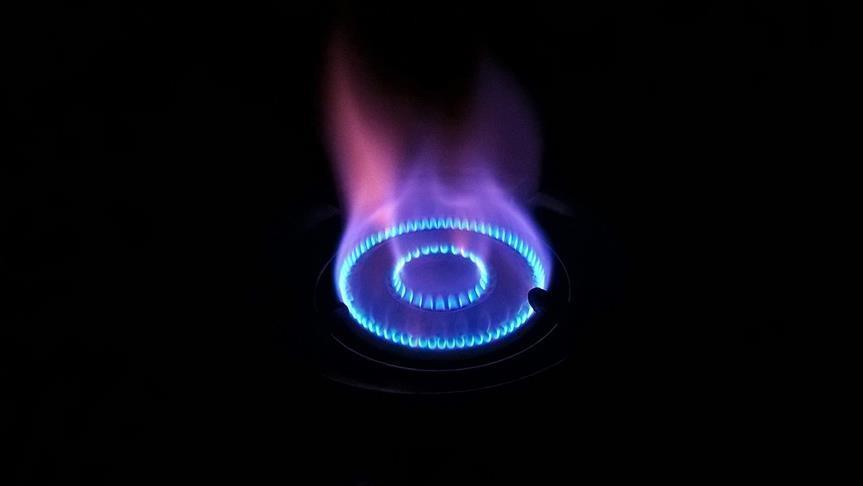

By Anadolu Agency
A mild winter in 2024-2025 could boost gas demand by at least 8-10 bcm and a cold one by at least 20-25 bcm compared to last year, according to Oxford Institute for Energy Studies (OIES).
The latest quarterly gas review of OIES showcases that a few days of cold weather in September reminded how important the impact of temperatures can be on gas demand across all sectors, particularly in the residential and commercial sector.
‘At the time of writing, it was still too early to get a solid weather forecast for this winter, but early indications show a high probability that Western and Central Europe will be hit by colder temperatures compared to last year due to La Nina phenomenon although temperatures may still be warmer than the long-term average,’ it said.
The report said that the global gas market is tightening once again, with Asian demand driving a significant recovery.
Despite weak European fundamentals, prices rallied in the third quarter of 2024 due to supply constraints and increased competition for LNG. European production fell slightly, compounded by pipeline disruptions from Norway, which kept gas prices elevated.
One of the key drivers of the current price surge is the tightening global LNG market. Asian LNG imports surged over the summer, with demand particularly strong from China, India, and Japan. Despite soft European gas demand, prices rose due to limited supply.
The market remains vulnerable as it heads into winter, with the possibility of a colder season exacerbating Europe’s tight gas situation.
The report warns that La Nina could bring colder conditions, which would drive up demand for heating, especially after two mild winters that eased pressure on storage levels. If temperatures drop sharply, it could trigger further price hikes as Europe scrambles to fill storage, already near capacity by the end of the third quarter of this year.
Europe’s heavy reliance on LNG imports, especially given regulatory limits on storage flexibility, means it will continue to pay a premium for supply, particularly as it competes with Asia’s growing demand. If the winter proves colder than expected, Europe could be forced to import additional LNG, pushing prices even higher as the global market tightens further.
Europe, which consumed 550 billion cubic meters of natural gas in 2019, consumed 534 billion cubic meters of natural gas in 2020, 553 billion cubic meters in 2021, 496 billion cubic meters in 2022 and 465 billion cubic meters in 2023.
We use cookies on our website to give you a better experience, improve performance, and for analytics. For more information, please see our Cookie Policy By clicking “Accept” you agree to our use of cookies.
Read More